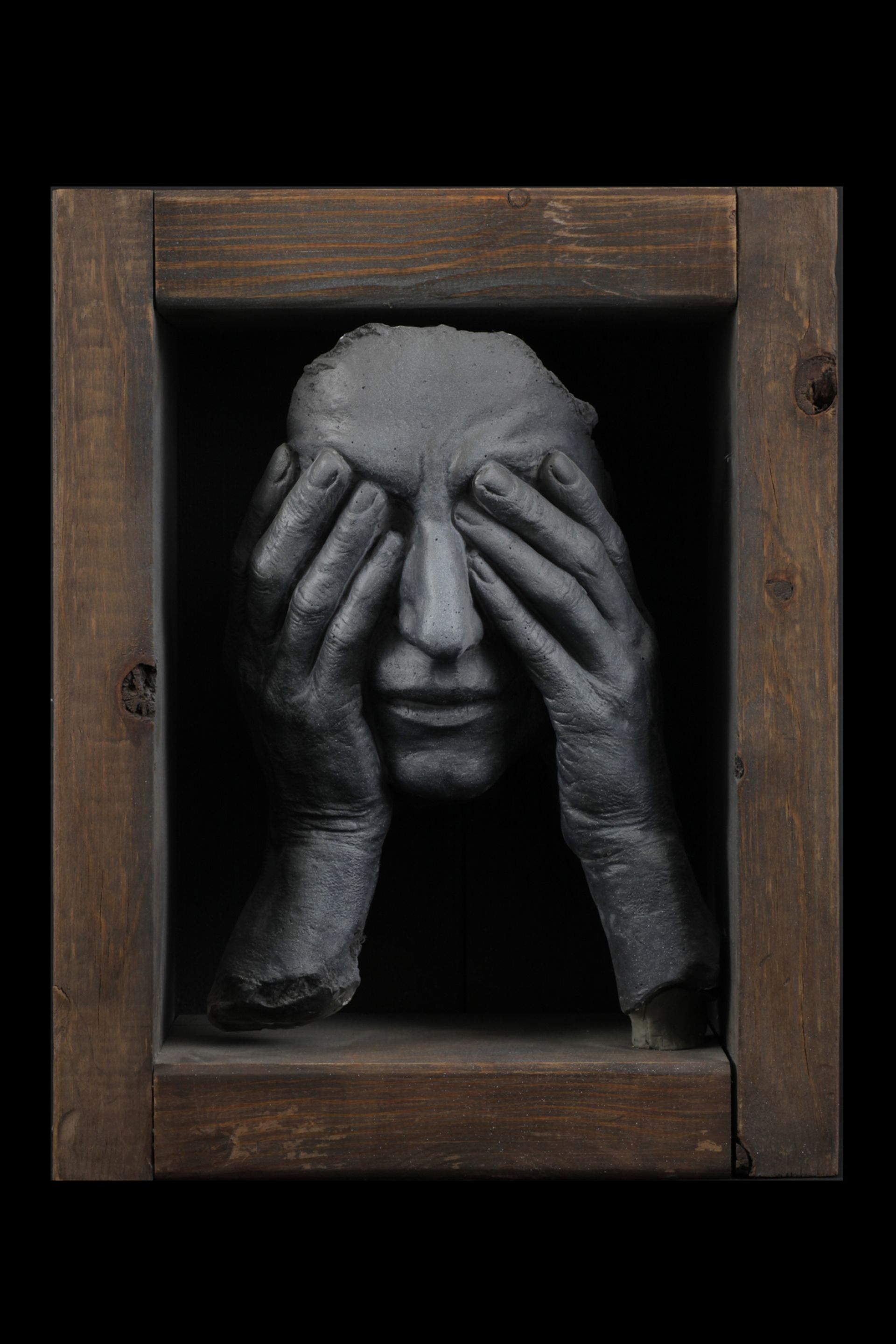The first museum in Central America dedicated to remembering the Holocaust will focus on a lesser-known side of the Nazi-led genocide: the “Holocaust by bullets”. This is the name given to the mass murder by shooting of Jewish and Roma communities in the Soviet Union during the 1940s. Due to open early in 2017, the permanent display at Holocaust Museum of Guatemala will memorialise these victims through the stories of local witnesses.
Launched by the organisation Yahad-In Unum, a non-profit founded in 2004 by the French priest Patrick Desbois, the museum’s mission is to educate the local population—especially young people—about the horrors of the Shoah. Although the museum is not yet officially open, it is already hosting temporary exhibitions.
In some ways, this is a response to a recent national curriculum change in Guatemala that makes it obligatory for high school students to learn about the Holocaust. “I think Guatemala sees learning about the Holocaust as an opportunity to integrate their own story… to be open to part of their history [where] there is a lot of violence,” says the museum curator’s and Yahad-In Unum’s director Marco Gonzalez, explaining that the museum’s ultimate goal is to curb violence in Guatemala through this historical knowledge.

The permanent display will feature artefacts from the organisation’s research in Eastern Europe, which began in Lithuania and has so far extended into seven countries formerly in the Soviet Union, including objects that locals gave to the organisation that came from synagogues and Jewish families. “What we want with this exhibition is to make it very modern, [which] means less texts, more videos and images to impact young people,” Gonzalez explains. The museum plans to end the visit with a workshop to “de-brief” visitors of what they have seen during their experience.
The museum launched its temporary exhibition programme last January in its new home, a colonial-era house in the centre of Guatemala City’s historic district, purchased three years ago thanks to a private anonymous donor. On 14 November, it opened its first art display, Memories of the Holocaust Through Art, a solo show of around 20 works by the Israeli artist Mira Maylor (until 28 February 2017). It includes a new group of work conceived specifically for the museum, Barbed Wire Series (2016), that addresses themes of borders and intolerance. “We were immediately touched by the work she’s doing, because even if she doesn’t create pieces [explicitly] about the Holocaust, I think that her internal memory brings you to that part of Jewish history,” Gonzalez says.
Gonzalez points to Maylor’s glass piece Dark Cover, which shows a woman covering her face—the “exact” gesture, he says, made by the residents in the Eastern European villages where the mass killings took place, who are now very elderly and are speaking, often for the first time, about what they witnessed. He says that while the museum has no immediate plans to host another art exhibition, it is open to the idea. “We are looking forward to the results [of the show] and seeing how we can touch people through art”.

